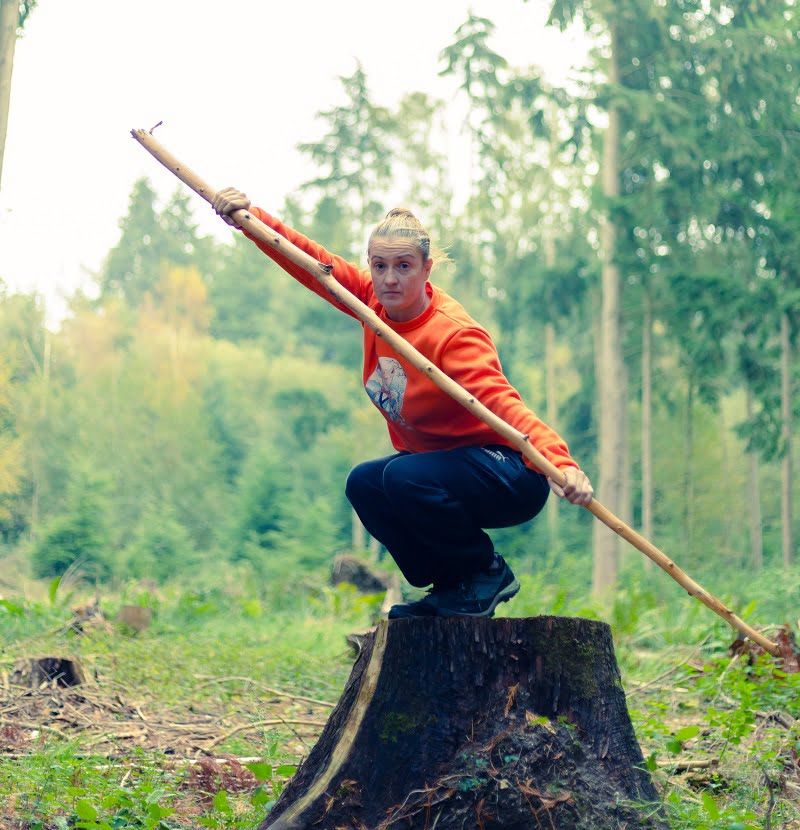
Weapons (Level 2+)
Our Weapons class welcomes individuals who have successfully completed UK Shaolin Kung Fu Level 1 or higher. During these classes, participants will acquire fundamental skills in various weapons such as the Shaolin Stick, Straight Sword, Broadsword, and 9 section Chain Whip, among others. The training emphasizes moderate to intense physicality and is designed to benefit Kung Fu Students seeking to enhance their foundational weapon techniques. Whether your goals involve enhancing stamina, strength, speed, coordination, flexibility, or overall well-being, this class offers ample opportunities for improvement… Read more.






